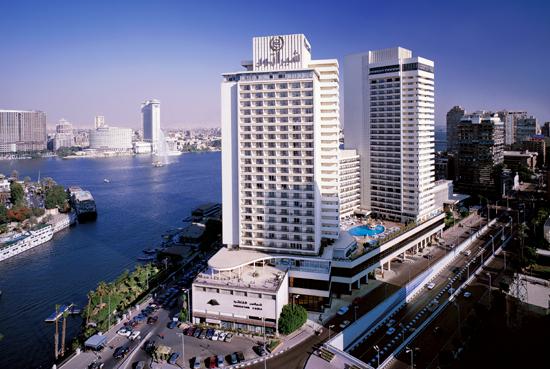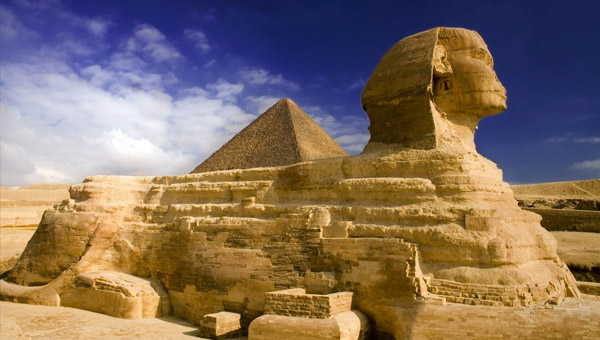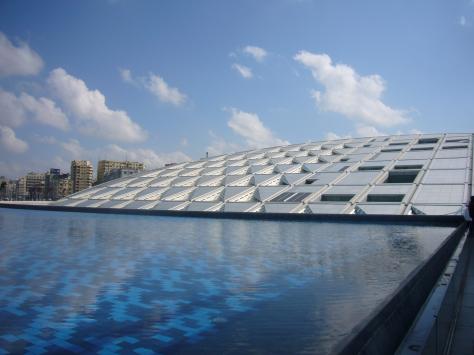Egypt vacations packages-Travel Egypt Packages
Egypt is probably the world’s oldest civilization having emerged from the Nile Valley around 3,100 years ago, historically.
When most people think of Egypt, they think of antiquities, Pyramids, and Temples. But really Egypt is more than that. It is also Red Sea scuba diving, luxury hotels, and five-star restaurants. It is romantic cruises down the Nile, and it is a cultural experience like none you have ever experienced. Egypt is a land bustling with life, beauty, and excitement.
Come to see our Travel Egypt packages to enjoy your Egypt vacation packages with Egypt Melody.
Here are some charming places in Egypt
Cairo
Rising from the shimmering desert heat, Cairo is an intoxicating blend of cultures, history, and peoples, which has fascinated travelers from the earliest times. Much has been written and said about this incredible city, but to experience it, is to take home everlasting memories of the city known as “the mother of the World”.

The PYRAMIDS & THE SPHINX
Several pyramids and the Great Sphinx are located on the desert plateau marking the boundary of Giza, a suburb of Cairo. In Arabic, the site is known as “El-Ahram” (the pyramids). The specific purpose of these pyramids was to provide a place and means by which the dead Pharaoh would rise to the sky and join with the sun. The pyramid was also believed to be the mineral concentration of the sun’s rays of light. Another Hypothesis is that the Pyramids and the Nile represent Orion and the Milky Way; thus focusing the strength and power of heaven to Egypt. The best-known pyramids are the tombs of the 3rd and 4th Dynasty Pharaohs: (the largest) Khufu, Cheops in Greek; Khafre, Chephren in Greek; and Menkaure, Mycerinus in Latin. Also, of course, there is the Great Sphinx.

SOUND & LIGHT SHOW AT THE PYRAMIDS OF GIZA
Don’t miss this spectacular “Sound and Light” Show which takes you back in time to re-live the glories and achievements of Ancient Egypt. The evening begins as you leave behind the bright lights and the hustle and bustle of the city. Under the dramatic setting of an ink-black sky studded with stars, the Pyramids and the Sphinx stand on the very edge of the wind-swept desert. Stories of ancient times unfold as if they happened only yesterday. What better way to learn about the 7, 000 years of history than this?

ALEXANDRIA
Founded by Alexander the Great in 332 BC, Alexandria is the largest port and second-largest city in Egypt. In addition to beautiful beaches and Mediterranean Sea breezes, Alexandria is home to a wealth of history and culture. Here you can find the Roman Amphitheater and Catacombs as well as Pompey’s Pillar and the Museum of Graeco-Roman Antiquities, which tell of Alexandria’s rich and glorious past.
The Alexandria of today is a popular summer resort with the locals and an escape from the hustle and bustle in Cairo during the winter months. There are beautiful gardens at the Montazah Palace and wonderful views from the Fortress of Quait Bay, which was built on the site of another of the “7 Wonders of the Ancient World” (long since destroyed), the Lighthouse of Pharos.

LUXOR
Luxor is at the north end of the section of the Nile and has a major airport, where you often arrive to embark on your cruise. A bustling, modern city, you don’t have to look far to see the monuments of both ancient Egyptian and other, more recent civilizations. It boasts two temples, Luxor and Karnak, and was known in ancient times as Thebes. Shopping facilities are extensive here, with silver, gold, cotton goods, leather goods, and spices among the best bargains to be had.
Luxor Temple sits right on the riverside in between the modern hotels and office blocks – an amazing contrast. The temple is well preserved, with some huge statues of Ramses II who built major additions to the temple. Here also is the partner obelisk to that now found in Paris. Also worth a visit is the Museum, halfway between Luxor and Karnak temples. Small, but with good displays.
Karnak Temple is one and a half miles north of Luxor Temple. Originally joined with Luxor Temple by an avenue lined with ram-headed sphinxes, Karnak is the largest religious edifice in the world and will take your breath away. Late night “Son et Lumiere” presentations in many languages are performed here. Well worth a visit!

ASWAN
Aswan is situated at the south end of the section of the Nile plied by the cruise fleets, and just upriver is the First Cataract, the old Aswan Dam, and further, the High Dam. Aswan used to be the border-trading city for Egypt and adjoining Nubia, and the rest of southern Africa and a high percentage of Aswan’s population are of Nubian descent. It still represents a major commerce center, and some very pungent spices from the south can be obtained in the bazaars here.
To get the feel of Aswan, there is no better way than to take a horse-drawn carriage (negotiate the fare beforehand, and stipulate “No baksheesh”!) from your cruise boat to the Old Cataract Hotel, where Agatha Christie wrote “Death on the Nile”. Here, have tea (or something stronger!) on the Terrace, which overlooks the Nile. A magnificent old colonial hotel!
Also at Aswan is the Nilometer, where the Pharaoh’s officials measured the annual flood and set that year’s tax level. On the West Bank, the Aga Khan’s Mausoleum may be visited, and there are a museum and a temple on Elephantine Island in the middle of the Nile. Of the nearby temples, Philae in the middle of the lake between the dams is most often visited by organized tours and is another venue for evening Son et Lumiere presentations. Also included in most cruise itineraries is a visit to the “Unfinished Obelisk”, which would have been the largest ever erected if it hadn’t cracked before it was fully quarried. As it was abandoned in mid-excavation, it provides the opportunity to see the Ancient Egyptian quarrying technique.

TEMPLES
The Temple of Karnak today remains the world’s largest religious structure, but what is perhaps even more interesting is that it might not have been, or indeed was probably not Egypt’s largest temple. Certainly, the Temple of Ptah in Memphis, though for the most part completely gone today, may have been larger. It was older, and located in what was often the capital of Egypt, and more often the administrative center of the ancient country. Other temples in the Nile Delta might have been just as large as Karnak, if not larger.
Sites such as Karnak, Dendera, and Kom Ombo would most likely fall under the category of “god’s mansion”. They were more than religious “temples” however. While the god may certainly have been worshiped in these temples, it was also his symbolic home, if not considered his physical residence, and the functions of the temple were as much to serve his or her symbolic physical needs as they were for the god’s worship. There was probably little or no “preaching” as such, or carrying the message of the god to the people by priests associated with these “temples”. Rather the efforts were directed inward, towards the care of the gods.

